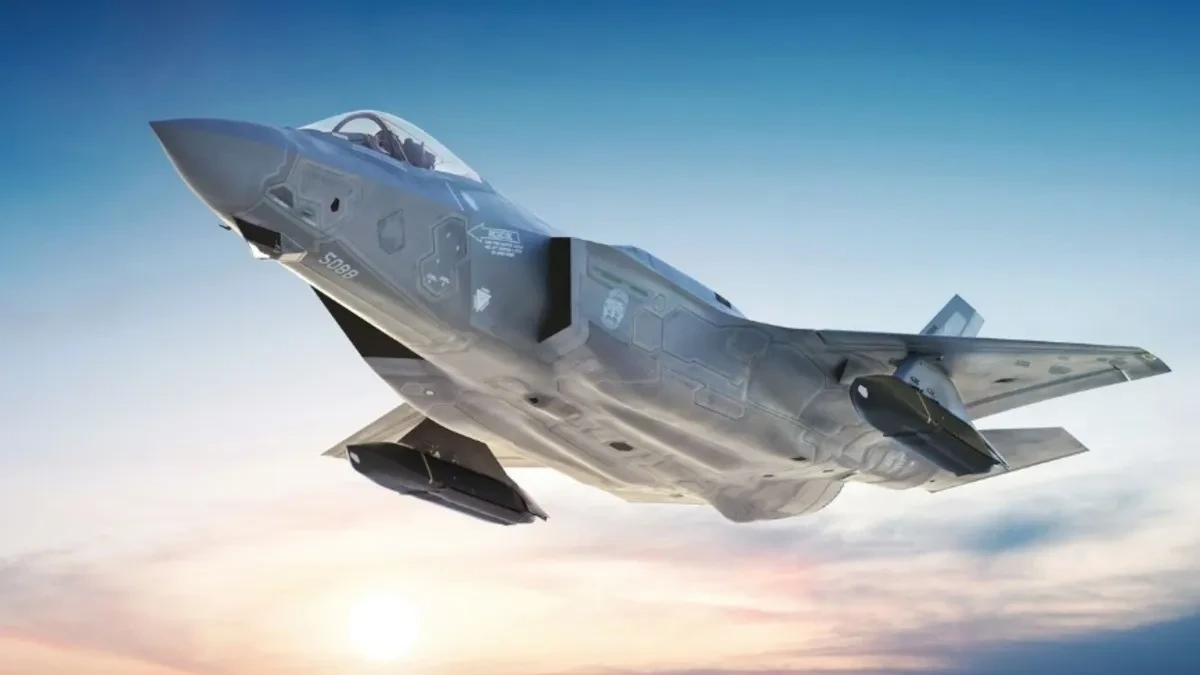India is looking forward to bolstering its air superiority with a new fifth-generation combat fighter plane. While the US has offered the F-35 Lightning II, India is also keeping a keen interest on the Russian Su-57. While both aircraft offer next-gen capabilities, the F-35 emerges as the smarter choice-technologically, operationally, and even strategically, despite some hard geopolitical realities.
F-35 Vs Su-57: Technological Edge
The F-35 Lightning II is developed by Lockheed Martin and is considered one of the most advanced multirole stealth fighters in the world. It boasts cutting-edge features such as sensor fusion, electronic warfare systems, and a radar cross-section smaller than a bird. Its combat radius exceeds 1,000km, and flies at Mach 1.6 (Optimised for stealth over raw speed).
The Su-57, while technically a fifth-gen fighter plane on paper, lacks the same degree of stealth. Its engine design and radar profile make it more visible to modern air defence systems. Furthermore, the Su-57 program has faced repeated production delays and reliability issues, with limited units operational in the Russian Air Force.
Real-World Proof: F-35 in Action
The F-35 is not just good on paper-it has proven its worth in real operations. For example, in the Israel-Iran conflict, Israeli F-35I Adir jets reportedly infiltrated Iranian airspace and struck key nuclear facilities without detection. Such a degree of stealth penetration is precisely the kind of capability India needs to deter and, if necessary, disable strategic threats from adversaries like China or Pakistan.
Strengthening India’s Indigenous Future: The AMCA Project
India’s Advanced Medium Combat Aircraft (AMCA) project is aiming to create an indigenous fifth-generation fighter. Acquiring the F-35 could significantly accelerate India’s learning curve in stealth design, avionics, and systems integration. However, this can only happen if India demands deeper access to the source code and software, allowing the Indian Air Force and DRDO to customize and reverse-engineer key technologies.
Such tech transfer would help India avoid future dependence and create a more self-reliant defence industrial base, a long-standing national objective.
Ethical Dilemma: Funding a Flawed Ally?
It’s understandable that many Indians question the idea of spending billions on American defence systems. The U.S. has often aligned itself with dominant regimes of the time-from supporting Apartheid-era South Africa and labelling Nelson Mandela as a terrorist, to its continued backing of certain nations with questionable human rights records.
But India must weigh strategic necessity over moral idealism. In a hostile neighbourhood and an evolving global order, survival and deterrence require capability, not just conviction. By acquiring the F-35, India is not endorsing U.S. foreign policy, but rather securing its own sovereignty with the best available tools.
Moreover, a strong India equipped with world-class defence technology can push back against global injustice more effectively. Military strength amplifies diplomatic independence.
DriveSpark Thinks
Purchasing the F-35 means giving money to a superpower that hasn’t always stood with us or the right side of history. But in today’s world, national interest must be pragmatic. The F-35 is not just a fighter jet-it’s a doorway to technological parity, strategic deterrence, and a more secure India. The goal is clear: learn from the best, build better, and become unshakeably independent.
